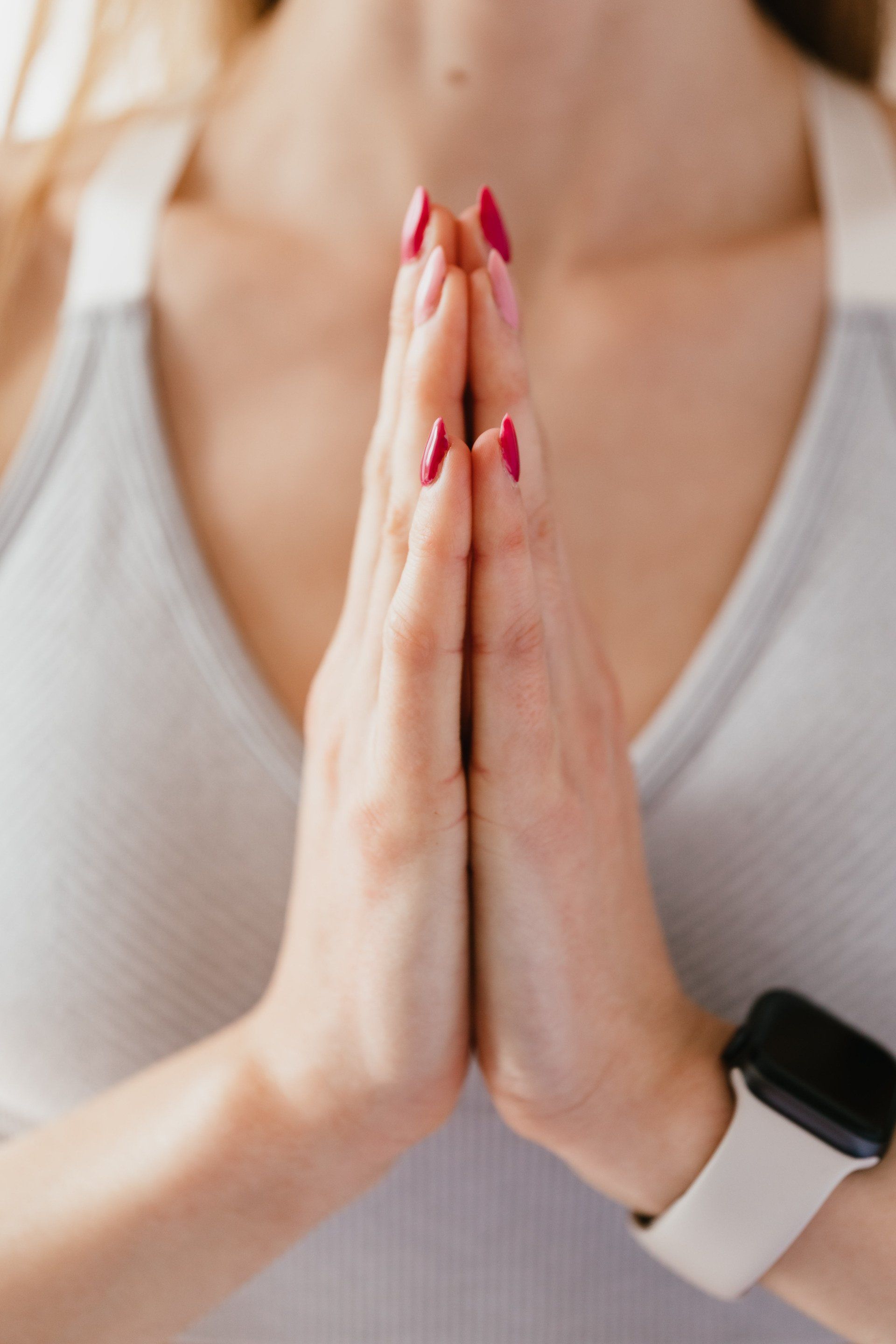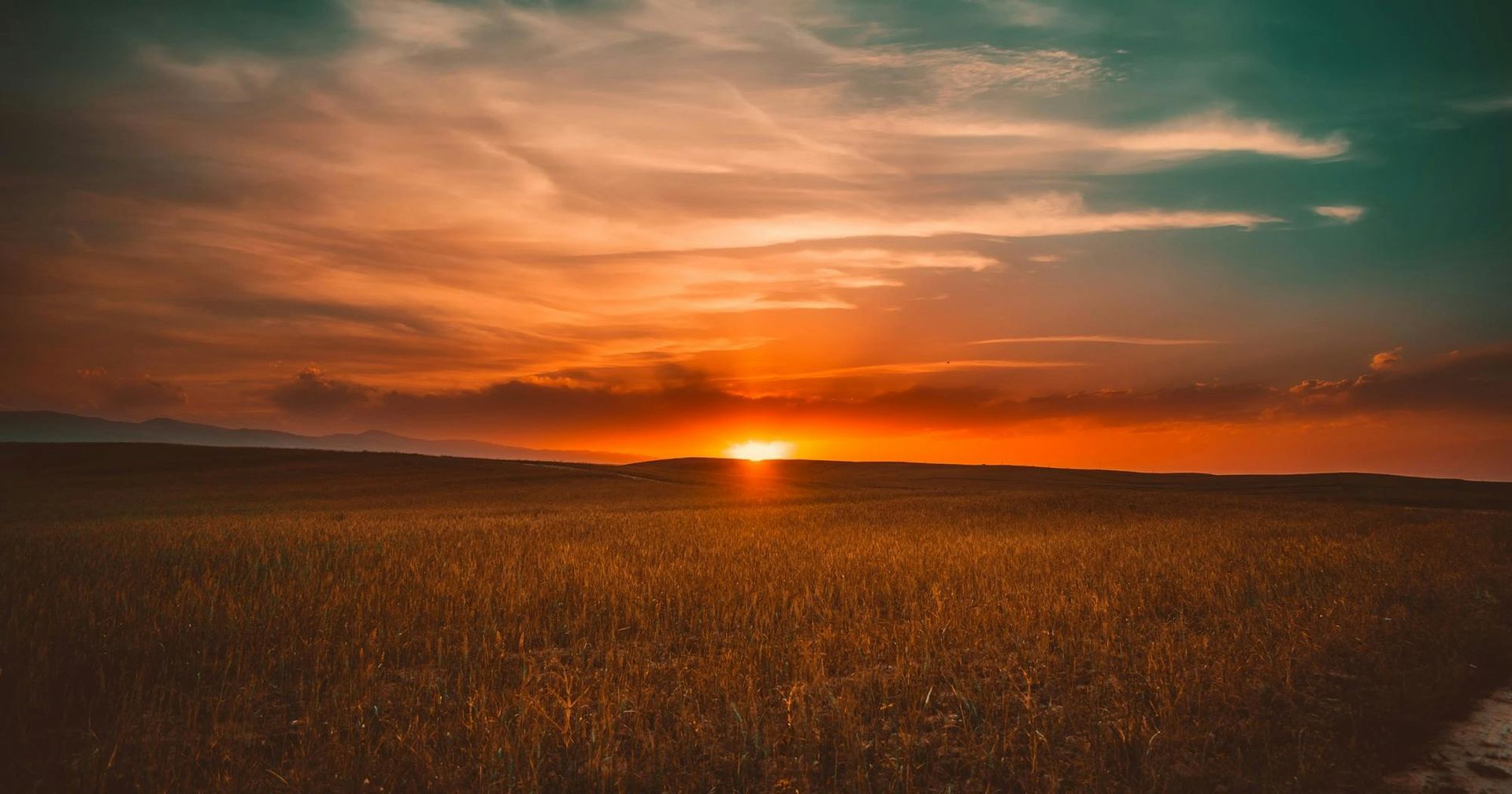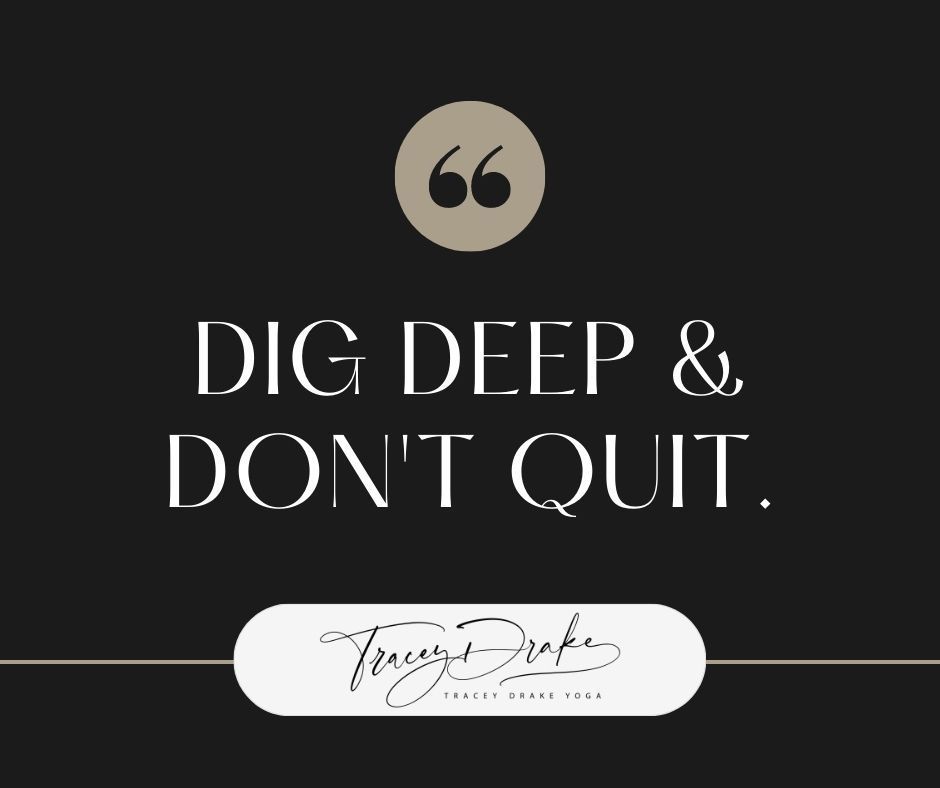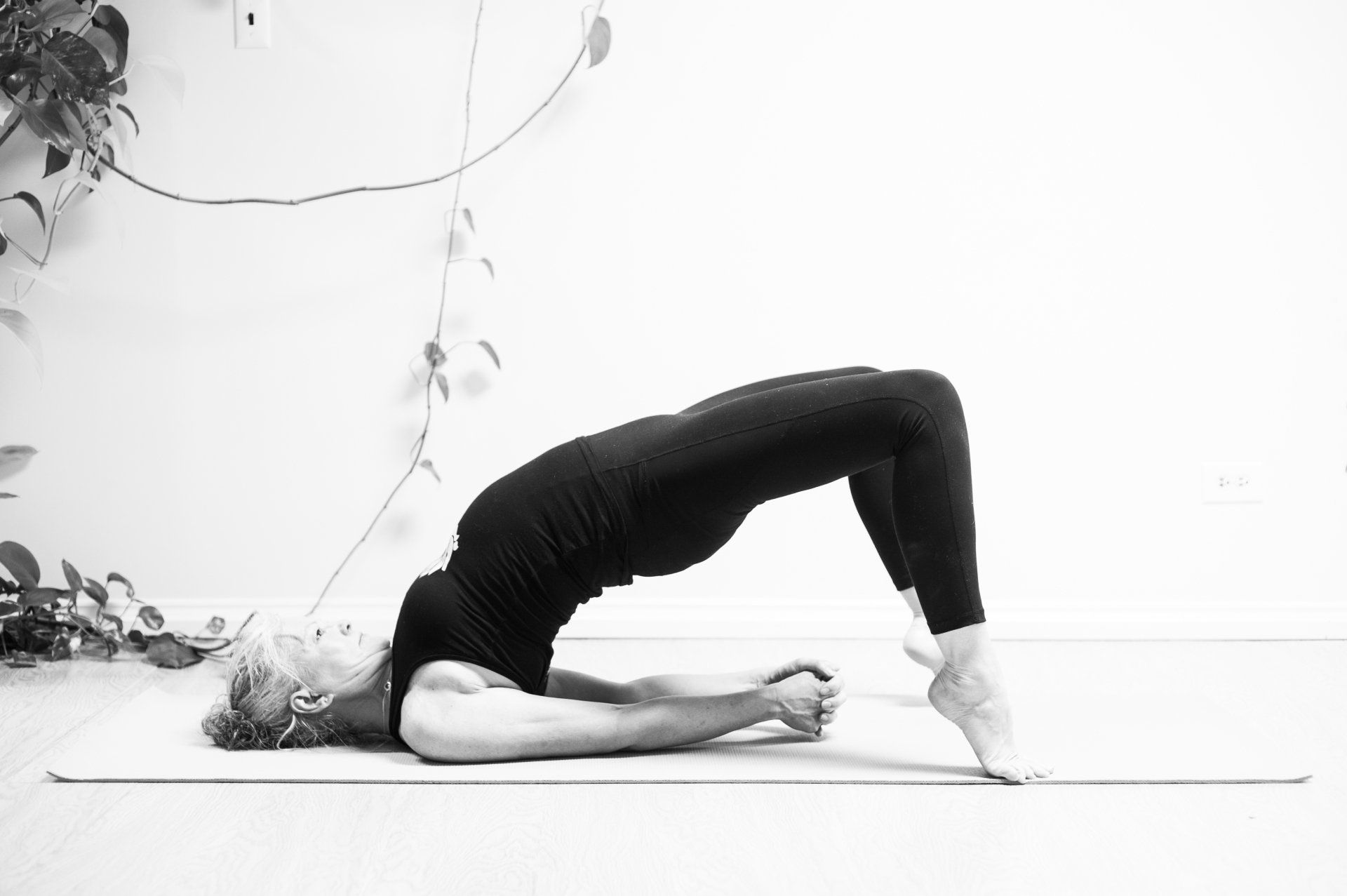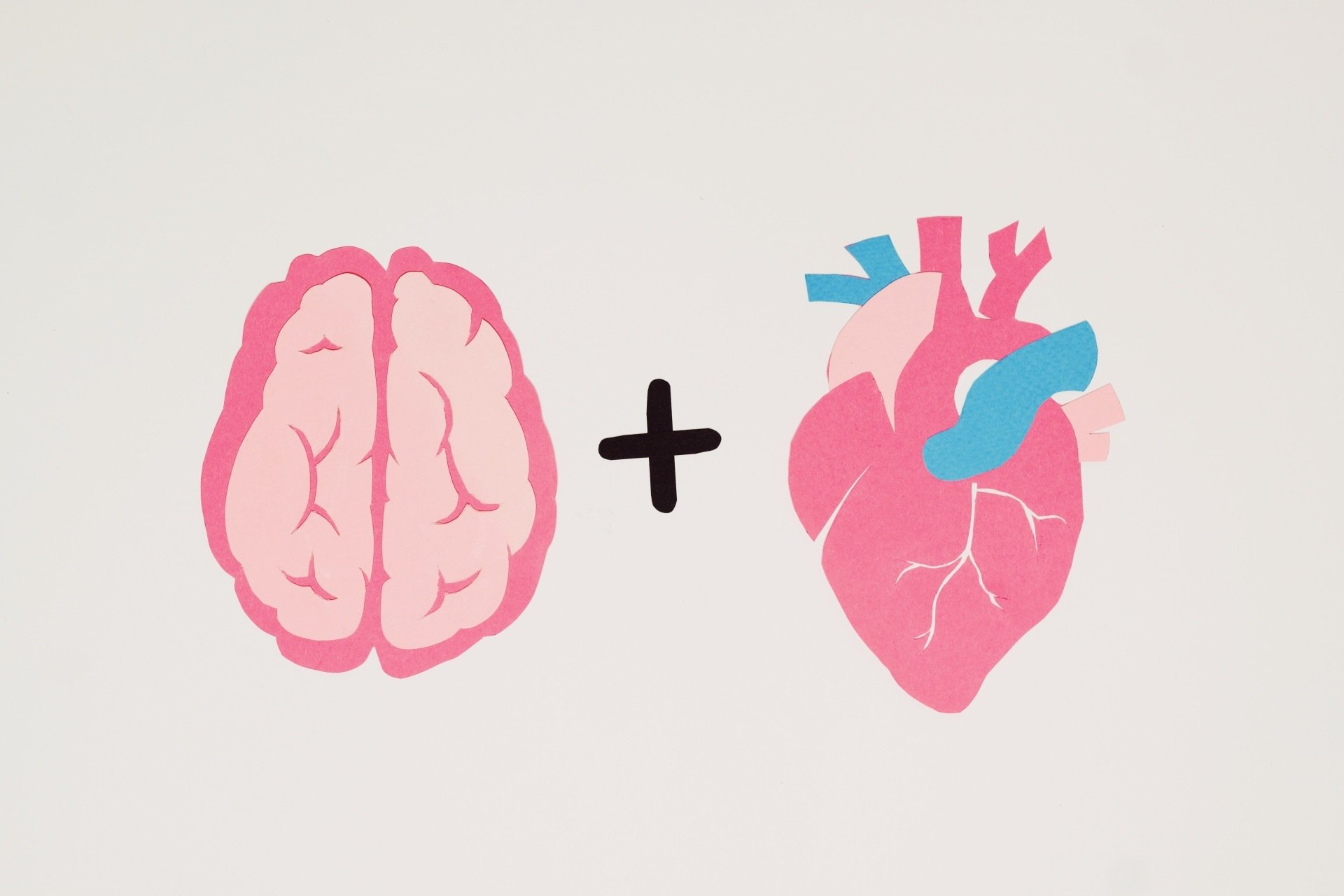The Paradox of Standing Balances
"A good traveller has no fixed plans, and is not intent on arriving"
Lao-Tzu, Tao Te Ching, Chapter 27
I designed the lesson plan for yesterday evening’s class, “Yoga for Happy Legs and Hips,” with a flow and quite a few poses that required finding balance. We moved from various lunge positions to standing and also worked with standing balances, i.e. standing on one leg. At the end of class, as usual, I asked if anyone had any questions, and someone asked what they needed to do to improve their balance. Questions and comments around “poor” balance often come up, so I thought I would speak a little more on balance here.
Balancing postures can teach us so much about ourselves. In fact, all our yoga postures and practices do (this is one of the essential reasons why we do yoga). Standing balances not only improve our physical strength and stability, but they shift us out of our heads and into our bodies. The mental effort of trying to balance, control the foot and body wobbles, stay upright and strong, force the mind to centre and ground and focus on one thing – balancing. We have to focus to physically balance, and that is good focus for the mind. We’re strengthening our mind muscles too.
Finding balance while standing on one leg is influenced by many factors. One of the biggest is your mental or emotional state when you approach the pose. If you’re feeling uncentered or ungrounded, emotionally and/or mentally, in anyway, this is definitely going to show up in your balance physically.
There are many reasons why you may feel “off-centre” – if you are feeling particularly buoyant from good news, spun out from a crappy day, what you ate before class, what you didn’t eat, hydrated or dehydrated, the weather, happy, anxious, worried, different from the position of the moon, for women, where you are in your menstrual cycle, perimenopause, the list goes on… These things can have a huge impact on our physical, emotional and mental balance. The point being, there will likely always be something to throw you “off balance.”
I have quite a few years’ yoga experience, and I know that my own physical balance can vary quite dramatically throughout a month and even from the beginning of the day versus the end.
I think the key thing in approaching balance postures is mindset. And, I think we all agree, this concept holds true for any challenges we face in life, as well as our yoga practice.
With an approach that is more accepting of “what is,” being OK with toppling over (provided you don’t injure yourself), a little more relaxed and “loosey goosey”, and not striving for a result that meets your expectations, you will, I believe, make attempting balancing postures much more accessible and rewarding. Trying too hard to balance is one of the biggest stumbling blocks we, as students of yoga, meet in standing balances. We grip, grasp, tighten, stiffen, stop breathing all in an effort to balance.
Start small and build up. Build a solid foundation first. Breathe. Take your time. Hold on to something if you need to – be OK with that, be kind to yourself, be curious. Explore. Have an open, enquiring mind. By letting go of how we think it should be or look, we learn to accept where we are. And then we soften, relax, accept, let go and voila! Suddenly we can balance better than we did before.
When you approach your standing balance postures, check in with yourself first. Be OK with it maybe not going well. Have no expectations. Be content with knowing that no matter how “badly” you perceive your balance to be, the act of trying to balance will help centre and ground you, physically and emotionally. Play with your balance, smile and laugh when you lose it. Take a few stabilizing breaths and try again. It’s all good! Congratulate yourself for trying! You’ll also be strengthening the big muscles in the legs and your core.
By working with our yoga practice in this way we begin to snatch glimpses of how we can take our yoga off the mat and into our everyday lives. When faced with a challenge, check in with yourself first, breathe positive energy into the situation, be ok with it not going well or looking how you think it should, be content with knowing you are trying and learning, have no expectation, have an open, enquiring mind. Be kind. Always.
Tracey Drake
June 19, 2020
